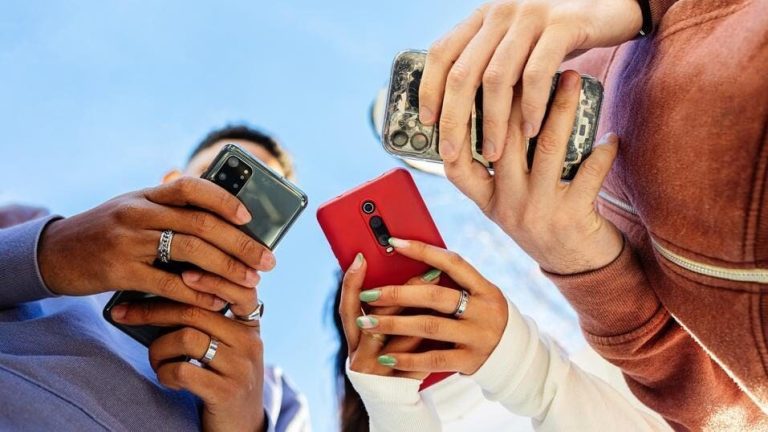The Pursuit of the Perfect Smile: A Generational Divide in Dental Aesthetics
In an era dominated by social media and the relentless pursuit of the ideal image, the quest for a flawless smile has taken center stage. A recent survey reveals a compelling narrative about how different generations perceive their teeth and the lengths they are willing to go to achieve dental perfection. While the desire for a confident grin transcends age, the approaches taken and the financial investments considered vary significantly across generational lines.
The survey highlights the rising popularity of teeth straightening solutions, with aligners emerging as a preferred choice. Notably, dentist-fitted aligners and at-home aligners hold nearly equal sway, garnering consideration from 29% and 27% of respondents, respectively. Braces, a more traditional orthodontic treatment, remain relevant, attracting the attention of 26% of those surveyed. This data suggests a shift towards less invasive and more convenient teeth straightening methods.
The survey also illuminates a generational divide in the preference for aligner types. Gen Z, the youngest cohort, exhibits a stronger inclination towards dentist-fitted aligners (36%), while millennials gravitate towards the convenience of at-home options (34%). This difference could be attributed to varying levels of comfort with dental procedures, access to information, and financial considerations. Interestingly, a significant portion of respondents across generations (38%) express dental anxiety, potentially influencing their choices regarding teeth straightening methods.
The financial commitment individuals are willing to make for a smile makeover also varies considerably. On average, respondents are prepared to spend $2,960. However, this figure masks notable generational differences. Millennials, known for their embrace of self-improvement and aesthetic enhancements, lead the pack with an average budget of $3,542. Gen X and Gen Z follow closely behind, earmarking $2,689 and $2,673 respectively. Baby boomers, perhaps due to different priorities or financial constraints, demonstrate the lowest average spending inclination at $2,111.
While these figures represent the perceived affordability of smile enhancement treatments, dental professionals caution against underestimating the actual costs. Dr. Holli Careswell, a board-certified dentist and Forbes Health Advisory Board member, points out that $3,000 might be a low estimate for aligners, given the various factors influencing pricing. She cites average costs for dentist-fitted aligners ranging from $4,500 to $5,000 at general practices and $6,000 to $6,500 at orthodontic offices. While insurance can potentially offset some of these costs, it’s crucial for individuals to have a realistic understanding of the financial implications before embarking on teeth straightening journeys.
Contrary to the perception that younger generations are inherently more confident about their smiles, the survey reveals a surprising trend: the prevalence of photo editing to enhance teeth appearance. A significant 30% of respondents admit to having edited or considered editing their teeth in photos before posting on social media. This practice is particularly prevalent among Gen Z (27%) and millennials (24%), reflecting their greater familiarity with photo editing tools and the pervasiveness of altered images on social media platforms. However, this doesn’t imply universal acceptance of digital enhancement. A majority of both Gen Z and millennials (52% and 56% respectively) state they would never consider altering their smiles in photos. This internal conflict highlights the complex relationship between perceived imperfections, social media pressures, and authentic self-representation.
The survey paints a multifaceted picture of the contemporary pursuit of dental aesthetics. While the desire for a perfect smile transcends generations, the approaches, financial considerations, and anxieties surrounding dental procedures vary significantly. The rise of aligners, the willingness to invest in cosmetic dentistry, and the prevalence of photo editing all underscore the importance of a confident smile in today’s image-conscious society. Dental professionals play a critical role in guiding individuals through the various treatment options, ensuring realistic expectations, and emphasizing the importance of long-term dental health. Moreover, open conversations about the pressures of social media and the acceptance of natural imperfections are essential for fostering a healthier relationship with body image, including our smiles. As Dr. Sabrina Romanoff, a Harvard-trained clinical psychologist and Forbes Health Advisory Board member, points out, the constant exposure to heavily filtered images on social media can lead to unrealistic expectations and fixations on specific facial features, including teeth. Therefore, promoting media literacy and fostering self-acceptance are crucial steps towards a more balanced and healthy approach to beauty standards.


